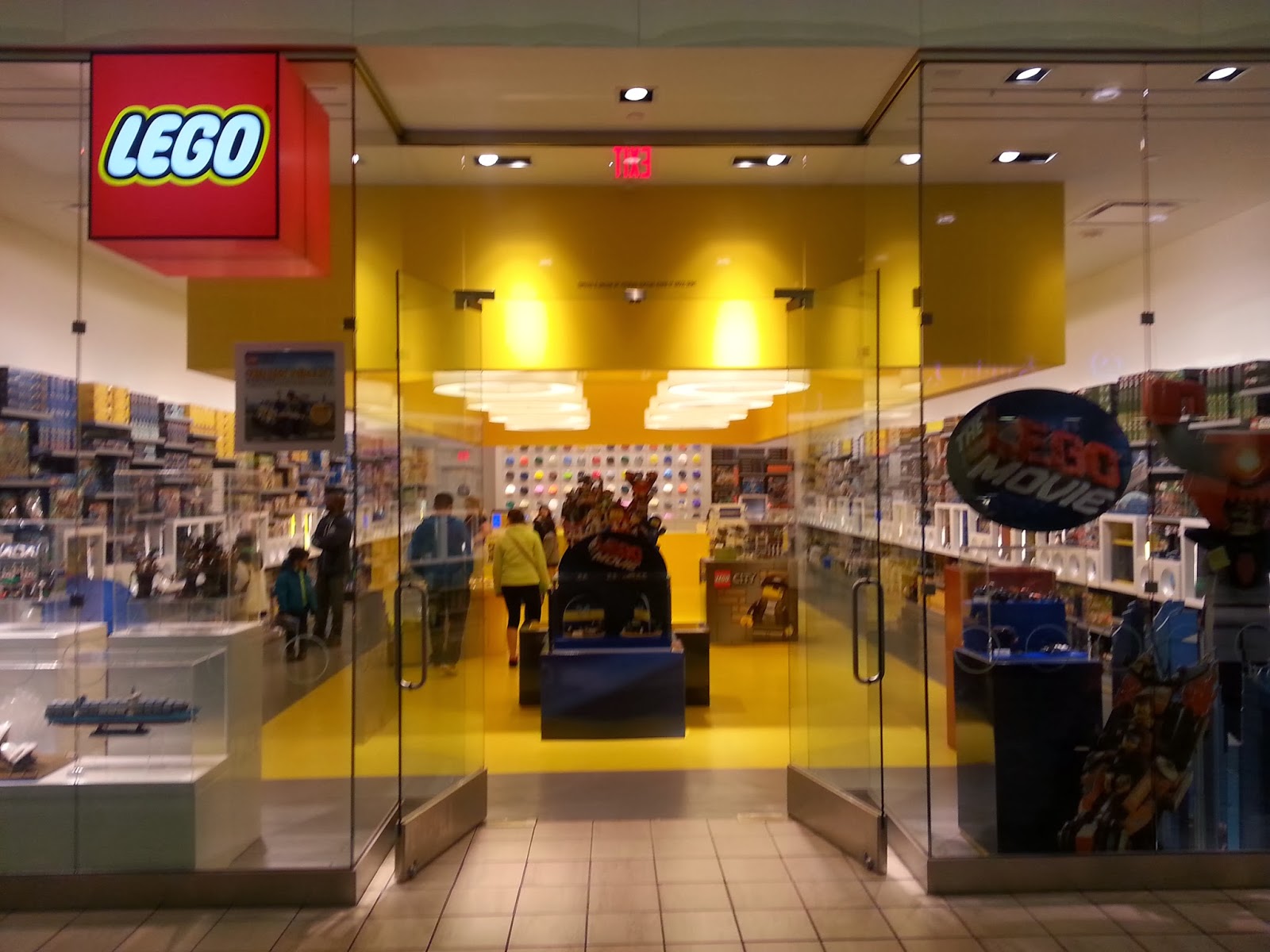Notice that they aren't advertising a whole lot of discounts, are they? No 70% off here, not when one of the most popular movies of the year is a 100 minute infomercial about the potential of your brand.
The infomercial, by the way, has already grossed more than $225 million in United States, and $361 million worldwide. On an estimated budget of between $60 million and $120 million, we can safely say that Lego generated a rather hefty amount of profit, right?
Does that mean we should all get excited for a Radio Shack movie about a lonely employee with no customers and nothing to do, hoping against hope to sell a soldering kit?
Of course not.
There are four forces working against retail.
- A dramatic demographic shift, as Baby Boomers close in on retirement, coupled with a massive quantity of Millenials who have different retail preferences.
- An overwhelming glut of square footage - comparable to a cataloger sending one catalog a week to customers - something has to give, and something is going to give in the next five to ten years.
- Amazon skimming 1% to 2% of the sales off the top of companies it competes against, companies like Best Buy, for instance.
- E-commerce skimming 3% off the top. Take a billion dollar retailer with a hundred million in annual e-commerce sales and nine hundred million in retail sales. For many retailers, e-commerce is growing by 30%, now that retailers have finally caught up to direct marketers, when it comes to operational capabilities. This means that e-commerce grows by $30,000,000 a year - that comes from somewhere, most of it from the very retail stores e-commerce was supposed to support, costing retail a 3% comp store sales hit. It didn't used to be like this. In the old days (i.e. 2010 - 2011) e-commerce drove customers into stores. That trend is changing. Now, retail customers increasingly skip the trip to the mall and buy stuff online.
It would seem like we in the retail industry better have something to talk about, and we better create urgency via limited square footage. Compare Apple and Microsoft stores, the next time you go in the mall. There are many times that there are comparable numbers of customers in each store - but the Microsoft store is just plain bigger, so it "feels" emptier than the Apple Store.
Vibe means everything these days. We have to give customers something to talk about, a reason to shop from us.
When we hear about Radio Shack as it contracts itself into the future (click here), we think to ourselves, "when was the last time I felt a vibe, a buzz, in a Radio Shack?"
When was the last time you walked into a Sears store, and felt electricity in the air?
Retail is going to survive - but those who survive will provide a compelling experience. Watch Radio Shack, Staples, Penney, Best Buy, Sears, and others who are contracting (click here). They have no choice. Right now, there isn't much buzz in any of those stores, is there?
Jasmine is going to demand that retail entertain her, demand that there is a vibe in the store, a reason to be there. That reason won't be discounts or promotions. It must be an experience.



No comments:
Post a Comment
Note: Only a member of this blog may post a comment.